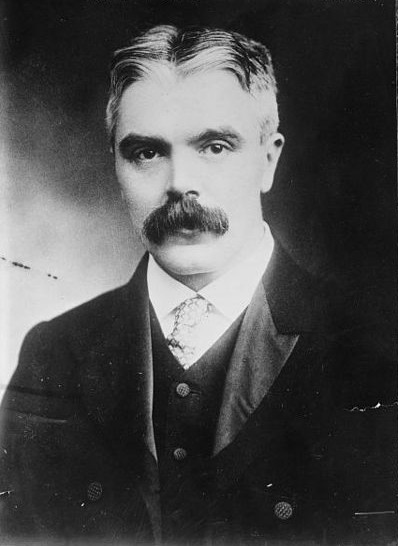
Frank Watson Dyson
Sir Frank Watson Dyson, KBE, FRS,[1] FRSE (8 January 1868 – 25 May 1939) was an English astronomer and the ninth Astronomer Royal who is remembered today largely for introducing time signals ("pips") from Greenwich, England, and for the role he played in proving Einstein's theory of general relativity.
For the English rugby league footballer, see Frank Dyson.
Sir Frank Dyson
8 January 1868
25 May 1939 (aged 71)
Astronomer Royal
Royal Medal (1921)
Family[edit]
In 1894 he married Caroline Bisset Best (d.1937), the daughter of Palemon Best, with whom he had two sons and six daughters.
Frank Dyson and Freeman Dyson[edit]
Although Frank Dyson and theoretical physicist Freeman Dyson were not known to be related, their fathers Rev Watson Dyson and George Dyson both hailed from West Yorkshire where the surname originates and is most densely clustered.[13] Freeman Dyson credited Sir Frank with sparking his interest in astronomy: because they shared the same last name, Sir Frank's achievements were discussed by Freeman Dyson's family when he was a young boy. Inspired, Dyson's first attempt at writing was a 1931 piece of juvenilia entitled "Sir Phillip Robert's Erolunar Collision" – Sir Philip being a thinly disguised version of Sir Frank.
In popular media[edit]
Actor Alec McCowen was cast as Sir Frank Dyson in the TV series, Longitude in 2000.[14]
